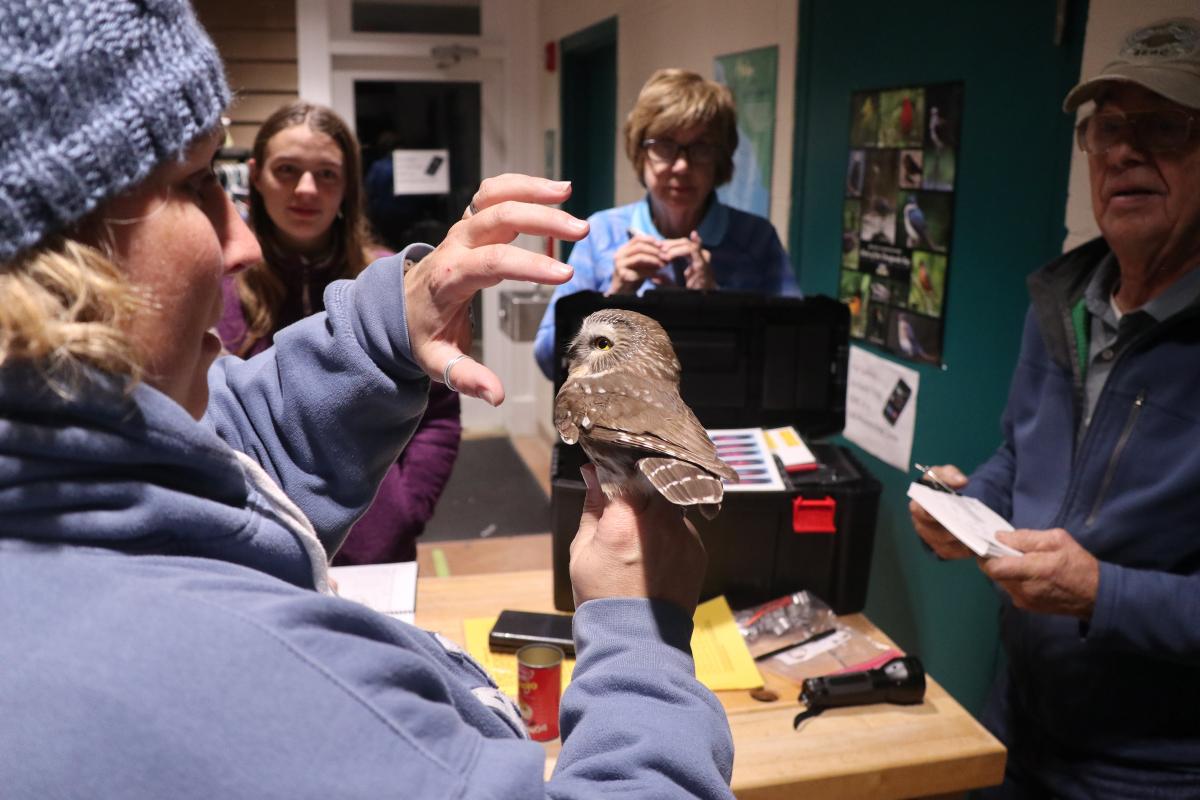The "What" and the "Why"
What are we trying to learn?
Saw-whet owls are one of the smallest owls in North America. In fall, the owls migrate down the east coast from northern Canada to as far as Georgia. Their small size makes them easy prey for larger predatory birds. To avoid becoming a snack, saw-whets stay silent while they travel. Saw-whet owls are also only active at night. These traits make saw-whets difficult to study. Currently, very little is known about these tiny owls and their migration habits.

Why study owls?
Scientists used to think saw-whet owls were very rare. Now we know that their population increases and decreases over the course of several years. It is likely that the number of owls coincides with the amount of food available. But as we learn more about them, more questions arise. Are the changes we see in their population and migration natural? Or are the changes due to human activity? If the owls are sensitive to human activity, can we use them to understand our impact on the forests they live in? By participating in SERC's saw-whet owl banding project, you can help us answer these big questions.
